| Image | Plant | Status | Notes | Events |
|---|---|---|---|---|
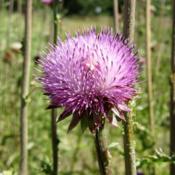 |
Canada Thistle (Cirsium arvense) |
Have Invasive |
Regular mowing will keep it in check. All over the fields. Blooms early Jul |
|
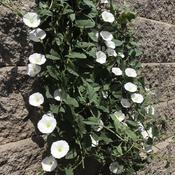 |
Field Bindweed (Convolvulus arvensis) |
Have Vine Invasive |
Grows in shrubs in the azalea island, not a particular problem so long as I keep it pulled out now and again. I actually like the white blossoms. | |
 |
Smooth Hawksbeard (Crepis capillaris) |
Have Annual Invasive |
Invasive weed from Europe. This shows up mid-summer throughout the beds and in the cracks of the patio. Easy to pull, has a short taproot. | |
 |
Herb Robert (Geranium robertianum) |
Have Perennial Invasive |
Foot of cedars. This is on the invasive list, but I don't mind it and so far it hasn't become a pest. | |
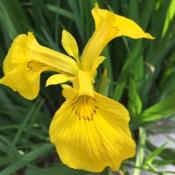 |
Yellow Flag (Iris pseudacorus) |
Have Perennial Invasive |
This is an extremely invasive pond plant. It was a mistake to ever introduce it. Uncle Charlie was so right when he advised me to just toss them around rather than planting them. We have tried to dig them out twice now, with marginal success. They will totally fill in the water edge out to about 2' deep. Live 'n learn. Blooms early May - early Jun |
|
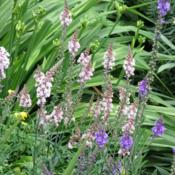 |
Purple Toadflax (Linaria purpurea) |
Have Perennial Invasive |
This is listed as an invasive species, pull it when it shows up. It's not a bad weed, has a pretty little lilac bloom. Blooms early Jun - mid Jun |
|
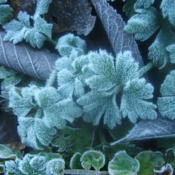 |
Creeping Buttercup (Ranunculus repens) |
Have Perennial Invasive |
Everywhere! Do not feed too much to the chickens, can be toxic. Blooms late Apr - late Jun |
|
 |
Himalayan Blackberry (Rubus armeniacus) |
Have Shrub Invasive |
Here, there and everywhere. My favorite berry for making jam, but watch out for the fierce thorns. Brush hogging keeps it in bounds (sort of). Blooms early May - late Jun 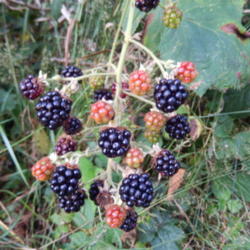
|
|
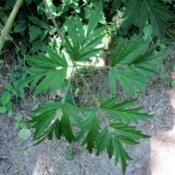 |
Cutleaf Blackberry (Rubus laciniatus) |
Have Shrub Invasive |
This invasive shrub is not as prevalent as the Himalayan variety and does not sucker as freely. I find the berries to be firmer, sweeter, and seedier than the Himalayan berries and usually don't pick these. | |
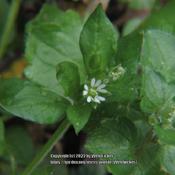 |
Chickweed (Stellaria media) |
Have Annual Invasive Edible |
Chickens will eat it. I don't find it offensive and it is easy to pull. | |
 |
Dandelion (Taraxacum officinale) |
Have Invasive Medicinal Edible |
Fields, lawn, garden beds. I use this as an earth sign - time to plant spuds when the fields turn yellow. Good early pollinator for the bees. I don't mind this at all. Blooms late Mar - mid Apr Seedheads mid Apr - mid May |
|
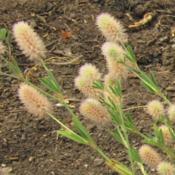 |
Rabbitfoot Clover (Trifolium arvense) |
Have Invasive |
I've only found this once so far and pulled it. It's a nice looking plant, but is on the PNW invasive list. | |
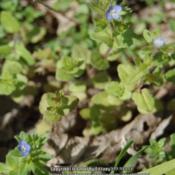 |
Corn Speedwell (Veronica arvensis) |
Have Annual Invasive |